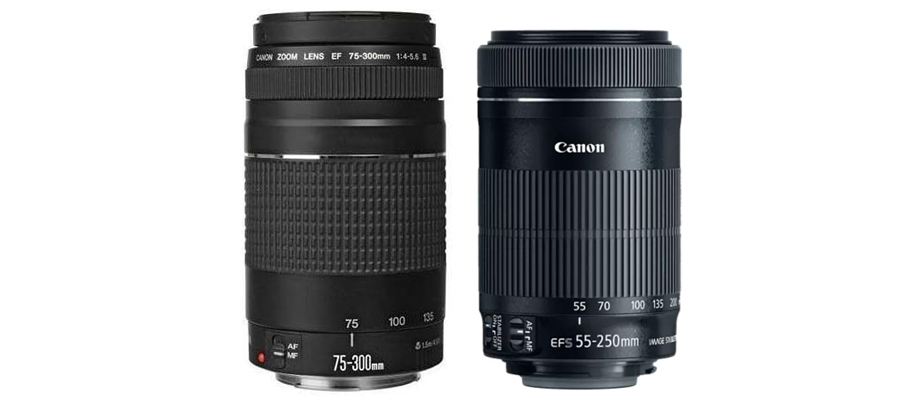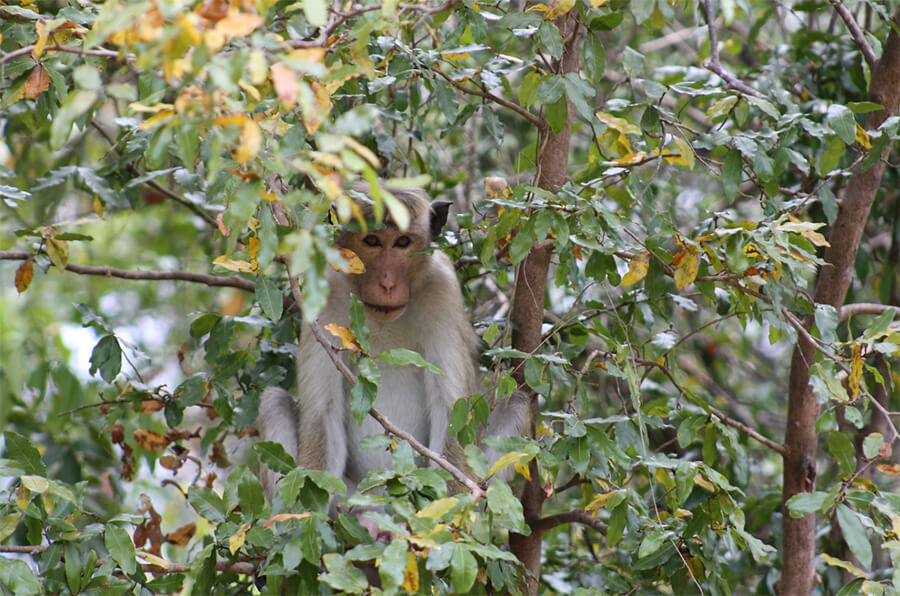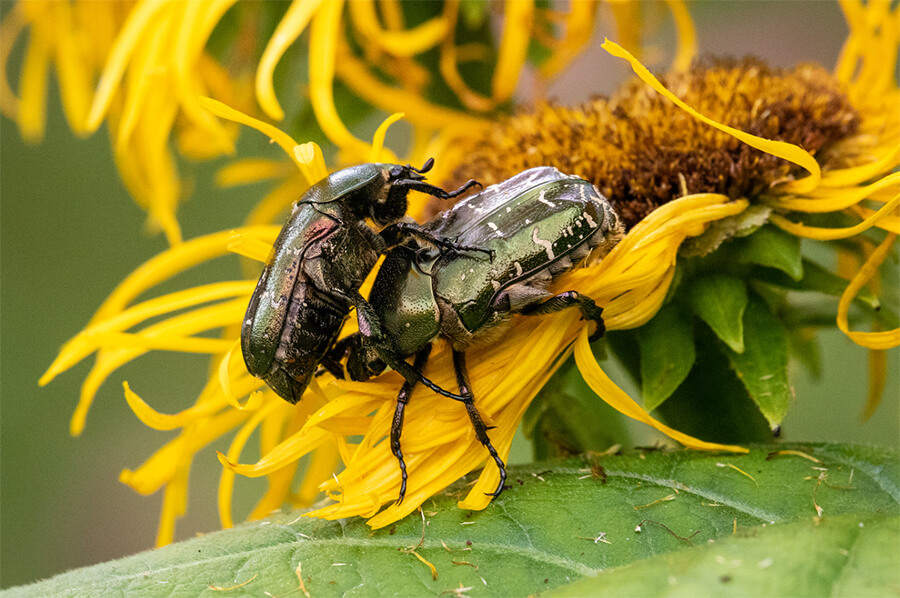
Let’s compare the two most affordable Canon telephoto lenses! The Canon EF 75-300mm f/4-5.6 III is considered as one of the worst Canon’s lenses, so let’s see if that is really the case.
Canon EF 75-300mm f/4-5.6 III
- Focal Length: 75-300mm
- Max Aperture: f/4-5.6
- Mount: Canon EF
- Stabilized: ❌
- Weather-Sealing: ❌
- Weight: 480g
- Released: 1999
- Amazon ($)
Canon EF-S 55-250mm f/4-5.6 IS STM
- Focal Length: 55-250mm
- Max Aperture: f/4-5.6
- Mount: Canon EF-S
- Stabilized: ✔️
- Weather-Sealing: ❌
- Weight: 375g
- Released: 2013
- Amazon ($)
The Canon EF 75-300mm f/4-5.6 III was released in 1999 and only costs $199. It lacks many features and quality improvements that the newer Canon EF-S 55-250mm f/4-5.6 IS STM offers.
In this comparison, I will go over all of their advantages and how they compare in different photography styles. By the end, you should know which one is better for you.
If you’re in a hurry, the advantages below are all you need to make the final decision.
Advantages of Canon EF 75-300mm f/4-5.6 III
Advantages of Canon EF-S 55-250mm f/4-5.6 IS STM
Now, let’s see which features and advantages are actually important for your specific needs and which ones only sound good on paper.
Canon 75-300mm vs Canon 55-250mm: Detailed Comparison
🔭 1. Focal Length
- Canon 75-300mm: From 75mm to 300mm
- Canon 55-250mm: From 55mm to 250mm
- Winner: Canon 75-300mm 🏆
The Canon EF 75-300mm f/4-5.6 III has a 50mm longer telephoto zoom.
On paper this sounds great, but the image quality from this lens beyond 200mm is really bad, especially by todays’ standards.
The Canon EF-S 55-250mm f/4-5.6 IS STM has much better quality and sharpness. You can zoom all the way up to 250mm and still get great looking results.
Also, the difference between 300mm and 250mm is 16%, which sounds less dramatic than “losing” 50mm on the telephoto end. I have had both lenses in my Canon DSLR days, and the Canon EF 75-300mm feels a lot worse.

🎥 2. Maximum Aperture
- Canon 75-300mm: Max aperture of f/4 at 75mm and f/5.6 at 300mm
- Canon 55-250mm: Max aperture of f/4 at 55mm ad f/5.6 at 250mm
- Winner: Tie
Both Canon lenses feature an aperture of f/4 at 75mm, and f/5.6 at their longest focal length.
This is great for photographing sports and animals on cloudy and sunny days, because f/5.6 lets in quite a lot of light. Aperture f/4 is bigger (by exactly 1 stop), but 75mm is often too short to capture animals. Perhaps in a zoo, or pets at home.
None of these two lenses are ideal for indoor sports photography. You will definitely have to raise the ISO speed above 1,600+, regardless of which Canon DSLR you’re using.
📏 3. Dimensions & Weight
- Canon 75-300mm: 375g / 1.06lb
- Canon 55-250mm: 480g / 0.83lb
- Winner: Canon 55-250mm 🏆
The Canon EF-S 55-250mm f/4-5.6 IS STM is 22% lighter (105g) than the Canon EF 75-300mm f/4-5.6 III.
That’s not a huge difference, but you’ll definitely appreciate it after shooting for a few hours.
The Canon EF-S 55-250mm f/4-5.6 IS STM was specifically designed for APS-C cameras, and all APS-C lenses are lighter and more compact than full-frame equivalent lenses.
- Canon 75-300mm: 71 x 122.0mm
- Canon 55-250mm: 70 x 111.2mm
- Winner: Tie 🏆
The Canon EF 75-300mm f/4-5.6 III manages to stay surprisingly small, even for a lens designed back in 1999. It’s a tiny bit longer than the 55-250mm, but that’s due to the 50mm longer focal length.
One of the reasons why both lenses are so compact is due to their aperture sizes. A 70-300mm lens with an f/2.8 aperture would not only be at least twice as big and heavy, t would also cost a ton more.
🎥 4. Minimum Aperture
- Canon 75-300mm: f/32-45
- Canon 55-250mm: f/22-32
- Winner: Canon 75-300mm 🏆
This is another feature that sounds good on paper, but is so minimal that you’ll almost never appreciate it.
Shooting with small apertures is good for landscape photography, where you want a big depth of field (many things in complete focus). 99% of photographers rarely shoot smaller than f/22.
Therefore, the f/32 at 75mm and f/45 at 300mm aperture of the Canon EF 75-300mm f/4-5.6 III is nice to have, but again, not a deciding factor. It’s got a 1 stop smaller aperture than the Canon EF-S 55-250mm, yet f/22 is more than enough.
🔬 5. Minimum Focusing Distance
- Canon 75-300mm: 150cm / 59.06″
- Canon 55-250mm: 85cm / 33.46″
- Winner: Canon 55-250mm 🏆
A shorter minimum focusing distance allows you to get much closer to your subject. Remember, these distances are measured from your camera’s sensor and not from the front of the lens.
The Canon EF-S 55-250mm f/4-5.6 IS STM is much better than the 75-300mm, getting you as close as 85cm or 33.46″. This is as close as your subject can be if you want it in focus. Anything closer than the minimum focus distance, and your camera won’t be able to make it appear in focus/sharp.

⛅ 6. Weather-Sealing
- Canon 75-300mm: ❌
- Canon 55-250mm: ❌
- Winner: Tie 🏆
Neither of these two Canon lenses have any weather-sealing, which is one of the major reasons why they are so affordable.
For casual use, all lenses can handle a normal amount of rain, snow and dust. You can take both on safaris, zoos, and trips, and they will work absolutely fine.
🎦 7. Image Stabilization
- Canon 75-300mm: ❌
- Canon 55-250mm: ✔️
- Winner: Canon 55-250mm 🏆
Image stabilization helps make your images appear less blurry when shooting with slow shutter speeds.
When shooting with telephoto lenses, it is almost a requirement to have stabilization! Any small bump or movement will be magnified, compared to shooting with wide-angle lenses.
Therefore, the Canon EF-S 55-250mm f/4-5.6 IS STM is not only the clear winner, it almost makes the Canon EF 75-300mm f/4-5.6 III an unusable lens for many scenarios. It was made in 1999 and costs around $199, so we can’t be too harsh on it.
Remember, image stabilization does not help you freeze a moving subject. It only helps correct your movement and whatever isn’t moving in your frame.
💿 8. Aperture Blades
- Canon 75-300mm: 7 rounded diaphragm blades
- Canon 55-250mm: 7 rounded diaphragm blades
- Winner: Tie 🏆
A lens with more diaphragm blades will usually produce smoother bokeh, aka background blur.
Both Canon lenses have 7, so there’s nothing to compare here. Furthermore, all telephoto lenses produce good looking bokeh compared to wide-angle lenses.
📽 9. Filter Size
- Canon 75-300mm: 58mm filter size
- Canon 55-250mm: 58mm filter size
- Winner: Tie 🏆
It’s always smart to put a filter on your lens, either for protection, or special effects (ND, Polarizer, etc.). It’s even better if most of your lenses have the same filter size, so you can swap filters between them.
The bigger the filter, the more expensive it is. Both lenses feature a 58mm filter size, and these are incredibly popular and affordable. No complaints here!
💲 10. Price
- Canon 75-300mm: ~$199
- Canon 55-250mm: ~$299
- Winner: Canon 75-300mm 🏆
The Canon EF 75-300mm f/4-5.6 III is incredibly cheap, and it’s probably the biggest reason why most newcomers gravitate towards it.
But to be honest, I seriously recommend you to spend that extra $100 and get the 55-250mm. A telephoto lens for $299 is also not expensive, and considering it has better image quality, Image Stabilization and better auto focusing, it’s a lens you won’t need to upgrade for years, if ever.
I even wrote an article called 3 reasons not to buy the Canon EF 75-300mm.
Canon 75-300mm vs Canon 55-250mm: Photography Type
From 1 being worst, 5 being the best.
It’s best to choose a lens that suits your favorite photography types, or offers you something that your current gear is not good enough for.
For wildlife and video, the better image quality, focusing motor and Image Stabilization give a slight advantage to the Canon EF-S 55-250mm.
For landscape and all-around photography, the more compact size and Image Stabilization make it much more usable to travel with.
For macro, the closer minimum focus distance and slightly bigger magnification make it a more appealing lens for close-ups.

Canon 75-300mm vs Canon 55-250mm: Comparison Table
Better specifications are highlighted in green.
| 🎥 Lens Specification | Canon EF 75-300mm f/4-5.6 III | Canon EF-S 55-250mm f/4-5.6 IS STM |
|---|---|---|
| Focal Length | 75-300mm | 55-250mm |
| 35mm Equivalent | 120-480mm | 88-400mm |
| Mount | Canon EF (FF) | Canon EF-S (APS-C) |
| Maximum Aperture | f/4-5.6 | f/4-5.6 |
| Minimum Aperture | f/32-45 | f/22-32 |
| Filter Size | 58 mm | 58 mm |
| Maximum Magnification | 0.25x | 0.29x |
| Minimum Focus Distance | 150cm (59.06″) | 85cm (33.46″) |
| Aperture Ring | No | No |
| Focus Type | Autofocus | Autofocus |
| Motor Type | Micromotor | Stepper Motor |
| Lens Construction | 13 elements in 9 groups | 15 elements in 12 groups |
| Aperture Blades | 7 (rounded) | 7 (rounded) |
| Image Stabilization | ❌ | ✔️ |
| Weather Sealing | ❌ | ❌ |
| Dimensions (mm) | 71 x 122mm (2.8″ x 4.8″) | 70 x 111.2mm (2.76″ x 4.37″) |
| Weight (g) | 480g (1.06 lb) | 375g (0.83 lb) |
| Hood Included | No | No |
| Released | 1999 | 2013 |
| Price | Amazon | Amazon |
So, which lens is better?

Choose the Canon EF 75-300mm if:
- You want to spend as little as possible (~$100 cheaper)
- You don’t care too much about quality
- You’re not sure if telephoto lenses are for you
Choose the Canon EF-S 55-250mm if:
- You want better optical quality, sharpness and colors
- You want faster and quitter auto focusing
- You want Image Stabilization to help with shaky images/videos
- You want a lighter lens to travel with
- You want a lens with much closer minimum focus distance

